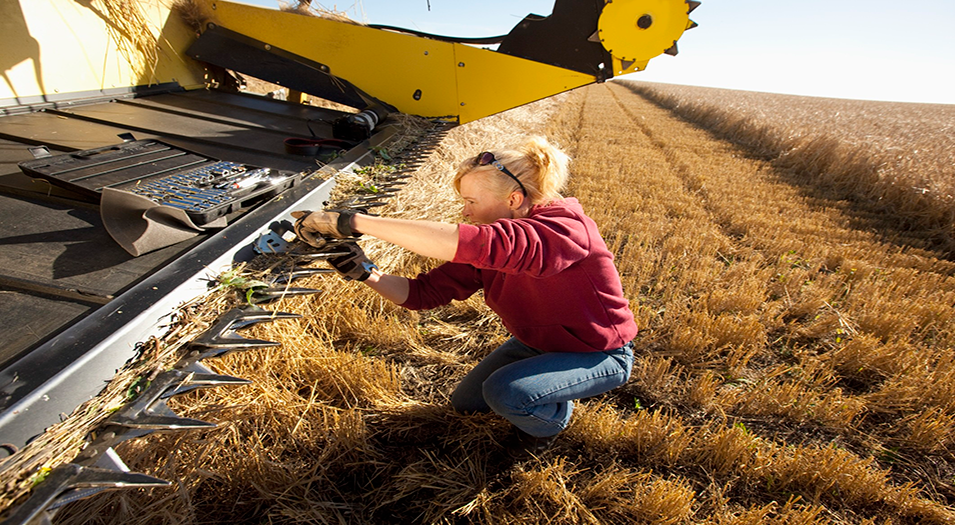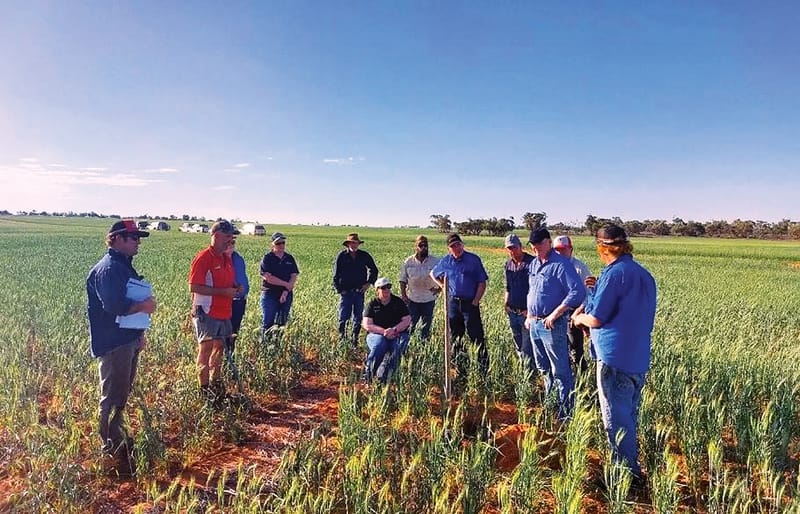Snapshot shows agricultural workforce changes
The full snapshot can be found on the ABARES website

MORE women and young people are joining Australia’s growing agricultural workforce, according to a national census snapshot.
The ABARES Insights Snapshot of Australia’s agricultural workforce highlights the changing state of the workforce based on data from the 2021 Census of Population and Housing.
ABARES executive director Dr Jared Greenville said subtle shifts in data covering employed people aged 15 and older whose main job was in agriculture the week prior to the census was “interesting”.
“Between the 2016 Census and the 2021 Census, we’ve seen more people overall working in agriculture: 239,093, which is an increase of 4.7 per cent,” Dr Greenville said.
The number of South Australians in the agricultural workforce has fluctuated in the mid-20,000s since the 2006 census, and 26,709 were recorded in 2021.
“We’ve also seen a slight rise in the proportion of women (to 33 per cent), young people (to 25 per cent) and people from culturally and linguistically diverse backgrounds (to 13 per cent) in the agricultural workforce over the same period,” Dr Greenville said.
“Around 1.8 per cent of workers in the agricultural sector were indigenous, and 1.6 per cent had a disability that meant they required assistance with core activities.
“In 2021, 46 per cent of people working in agriculture were employed in sheep, beef cattle and grain farming, which is a slight contraction since 2016.
“Most people who work in agriculture live in regional areas (81 per cent) and the majority (68 per cent) were in full-time employment.”
While being largely dominated by male workers, the agriculture workforce is seeing an increasing proportion of female workers, with 79,827 women working in agriculture in 2021, up 7105 from 2016.
In the snapshot, young people are defined as those aged between 15 and 34, with contributions to the sector – either paid or unpaid – central to an “innovative and sustainable future for agriculture”, according to the report.
The number of young people in the workforce in 2021 was 59,590, up 1 per cent from 2016, and were seen in sheep, beef, cattle and grain farming more than any other industry.
“Australia’s farm population is constantly changing,” Dr Greenville said.
“I’m sure plenty of people in the agricultural sector will be heartened to see more young people getting involved in the industry.
“The gradual trends seen in the statistics are a reflection of changes in agriculture and Australia’s workforce more broadly.”
The full snapshot can be found on the ABARES website.





